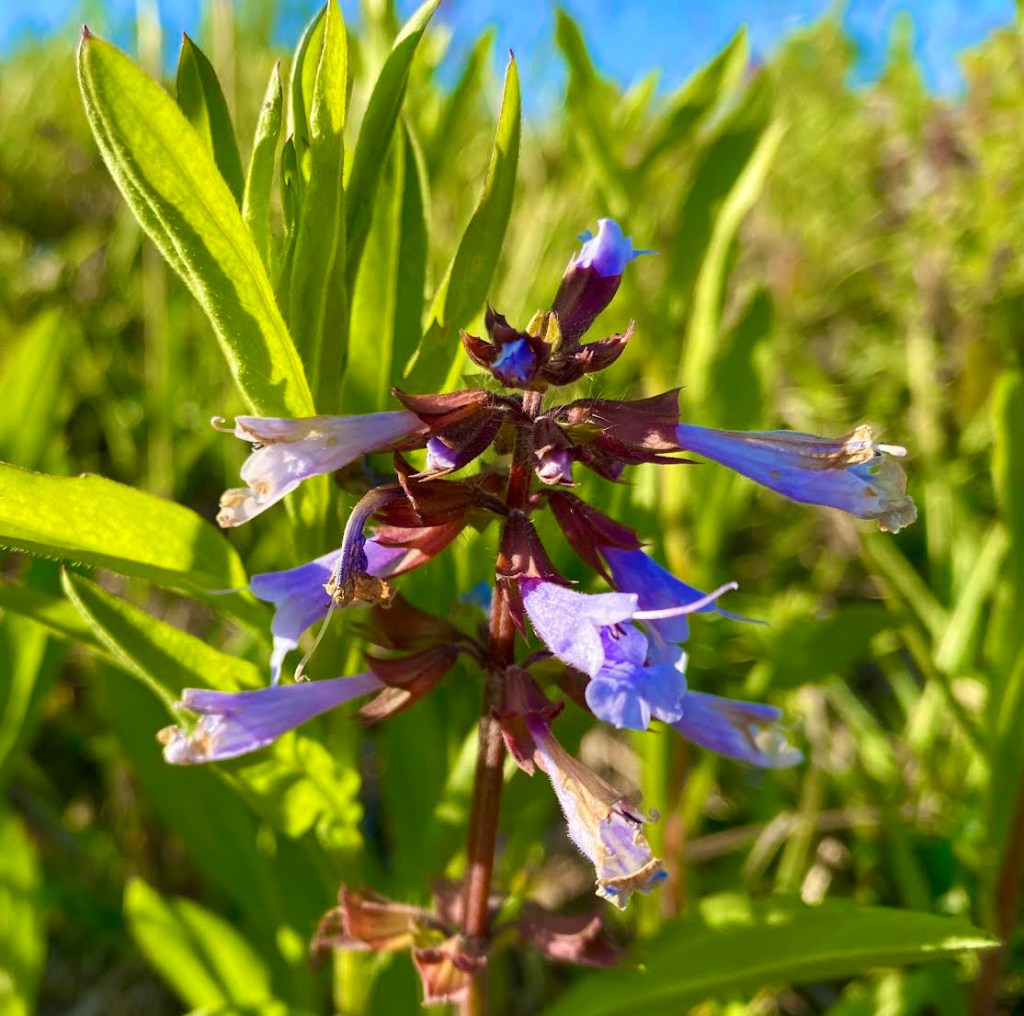Lyreleaf sage — blue in the grass
Published 3:08 pm Thursday, April 27, 2023

- Lyreleaf sage is a common plant that gives a blue hue to fields across Kentucky. Photo by Steve Roark
|
Getting your Trinity Audio player ready...
|
BY STEVE ROARK
Contributing columnist
If you drive down the road and see patches of blue in the spring green hayfields and pastures, it is probably lyreleaf sage. I have it in my fields, as do my neighbors. It has always been around, but I normally only see it along roadsides and field edges. It is in the same family of plants as the herbal sage used as a condiment.
Trending
Lyreleaf sage (Salvia lyrata) is a native plant that’s in the mint family. It can be found about everywhere. In mid to late spring, it has whirls of pretty, lavender-colored tube-like flowers about an inch long that hang off a square stem that all mints have. The opening of the flower has short upper petals and a larger lip-looking lower petal that is lobed. A rosette of leaves form at the base that are wide at the tip and narrow down towards the stem, making It is roughly shaped like a lyre, an old stringed instrument that is an ancestor of the mandolin.
Another name for the plant is cancer weed, which is derived from two possible sources. One is because it can spread rapidly like a cancer on the land, and that certainly seems to be the case this year. The plant was also an old folk medicine used to treat skin cancer, but there is no scientific backing for this. A tea made from the leaves and flowers is considered good for gas, respiratory ailments, cough and sore throat. Native Americans made a salve from it to treat wounds and warts. The leaves are edible when picked early and have a mild, minty flavor when used in a salad or as a cooked potherb.
Lyreleaf sage has been recommended as a landscape plant, especially for a ground cover. The ground hugging evergreen leaves have a handsome purple venation in the spring, and the flowers bloom for several weeks, adding a splash of color. It can spread where you don’t want it unless you keep a handle on it, and some states consider it an invasive that’s able to out compete other native plant species. On a final positive note, it does provide nectar for bees, butterflies and hummingbirds, making it a good addition to wildlife meadow seed mixes.
Steve Roark is a volunteer at Cumberland Gap National Historical Park.




